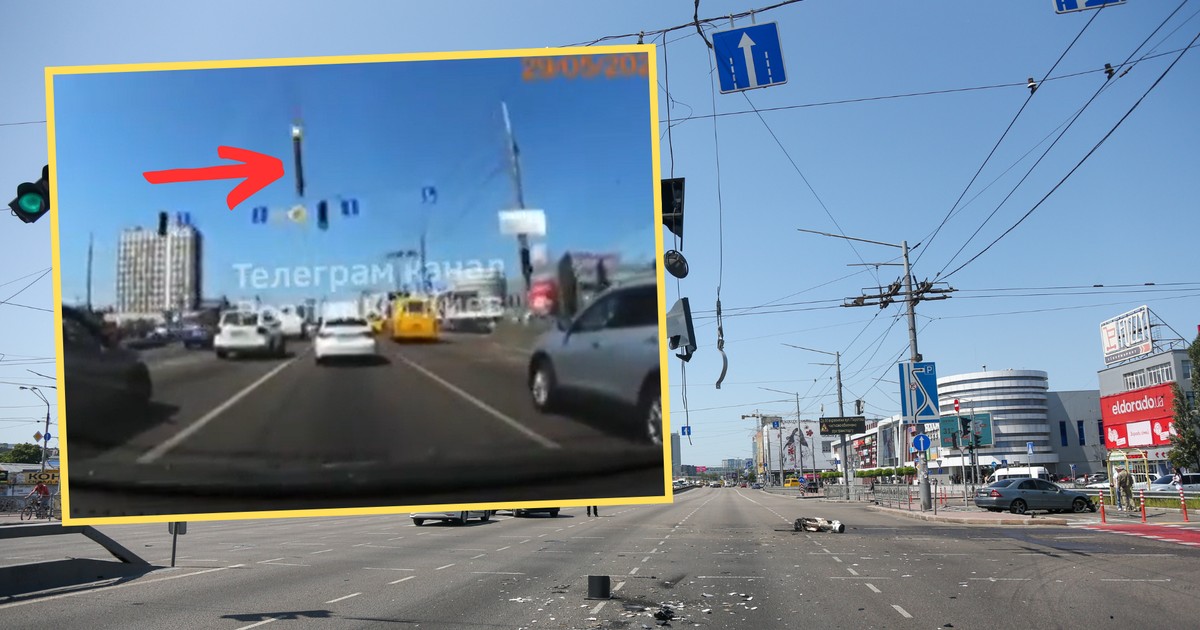
Recording file will be closed and a new one will be opened. If the screen mode changes, the currently (and will pause when that program leaves fullscreen again). Recording will begin immediately, or as soon as a program goes into fullscreen Set up encoding and audio options in the middle, and choose an output directory, name and container format Select the screen you want to capture at the top, You'll be greeted by a configuration dialog. Your screen must be connected to that GPU, so sadly at the moment most laptops are out 😞 To run Capturinha you'll need at least Windows 10 (64 bit) version 1903 or later, and an NVIDIA graphics card.

Programming in general and with using NVENC and the FFmpeg libraries for encoding and muxing videoĪnd audio in particular, I thought "how hard can it be?" Building Prerequisites

So, having had some experience with graphics

Options such as choosing a constant quality encoding mode or even what codec to use (let alone HDR support) -Īnd all of them dropped frames like hot potatoes. "Free" tier is so bad it's pretty much unusable and doesn't inspire you to shell out moneyįor the real product, and the solutions built into Windows or the graphics driver lack configuration There are either commercial solutions where the Yes, there are a lot of screen capture tools around, built into Windows and GPU drivers even,īut during testing I found them all lacking. Organizers - and other people who need a good video of their screen - easier. Mainly it's there to make the lives of demo party Mostly made for demoscene productionsīut you can use it with everything that's on your screen. frame rate stability) and configurability.

A tool for real time screen and audio recording on Windows, using NVIDIA's NVENC and with an emphasis


 0 kommentar(er)
0 kommentar(er)
